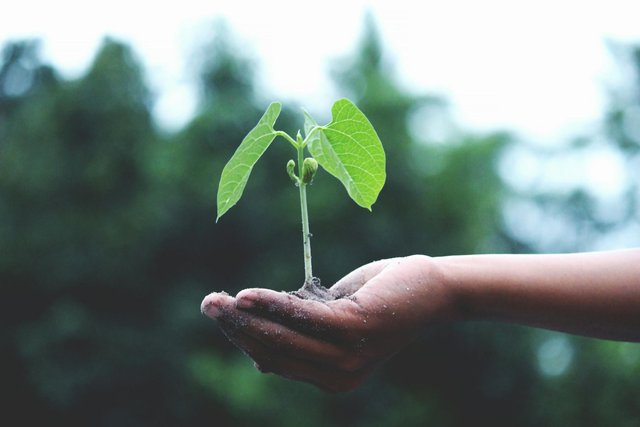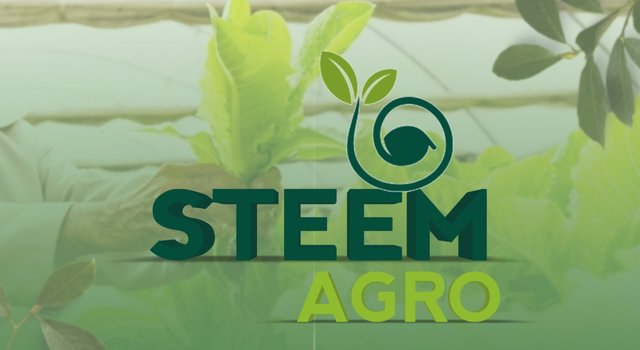Basic Knowledge in Agriculture #12
 |
|---|
Greetings and welcome friends, I'm glad to have you here once again as I share about agricultural byproducts with you.
What are agricultural byproducts, and name at least 5 you know. |
|---|
A byproduct as the name implies is something that is produced as a secondary result when making or doing something else. i.e., that extra something we get from producing another thing. Think of it like this, when you want to cook yam, the main dish is what you want to eat, but you might also create other animal feeds in the form of the peels. Therefore these other product other than the yam meal are byproducts of your cooking.
In an industrial or manufacturing context, when a company produces a main product, there might be other materials or substances that come out of the process that aren't the main focus but can still be useful. For example, when making cheese, the whey that is left over after the cheese is made is a byproduct. It can be used in protein powders or animal feed.
Therefore, this simply explains byproducts as the extra result that comes from a process, which can sometimes be valuable even though it was not the main goal.
Therefore, when relating to Agricultural byproducts, we can say that these are the things that come from farming and food production that are not the main products but can still be useful. That is, when farmers grow crops or raise animals, they often produce extra materials while doing so and these extra materials are what we call agricultural byproducts.
.jpeg) |
|---|
For example, when we plant and harvest corn, the kernels are the main product that we eat or use to make things like cornmeal (such as cereal products and pop corns). However, after the corn is processed, we get leftover parts like the husks and stalks which can be used for animal bedding, compost, or even to make biodegradable packaging. Therefore, the husks and stalks are byproducts of processing corn.
Another good example is when we process fruits to make juice, the juice becomes our main product, but then there are leftovers in the form of the pulp and skins, making them byproducts as they can be used to make jams, jellies, or even as animal feed.
Some more other examples of agricultural byproducts include;
Rice Husk:
When rice is harvested, instead of throwing the husks (the outer shell that protects the grain) away, it can be used for animal bedding, as a fuel source, or even in construction materials.
Sugarcane Bagasse:
After we have processed a sugarcane to extract sugar, the leftover fibrous material which is known as Bagasse can be used to make paper, as a biofuel, or even in biodegradable packaging.
Soybean Meal:
When soybeans are crushed to extract oil, the leftover material is soybean meal which is high in protein and is often used as animal feed.
Fruit Pulp:
When fruits like oranges or apples are juiced, the leftover pulp can be used to make smoothies, jams, or even as a natural ingredient in baked goods.
Whey:
In dairy production, when cheese is made, the liquid that remains after curdling is called whey and it is rich in protein, which is often used in protein powders, sports drinks, and even in baking.
Therefore, these byproducts are not only useful but also help in reducing waste in the agricultural process and making farming more sustainable.
What importance are these byproducts to human. |
|---|
The importance of agricultural byproducts to humans is quite significant and here’s why:
Waste Reduction:
By using byproducts, we can help reduce agricultural waste that would otherwise be thrown away. For example, instead of discarding rice husks or sugarcane bagasse, we can find ways to reuse them, which is better for the environment.
Animal Feed:
Many agricultural byproducts are rich in nutrients and can be used as animal feed. For instance, soybean meals are a great source of protein for livestock which can help farmers save money on animal feeds while also ensuring their animals are well-nourished.
Food Production:
Byproducts like fruit pulp can be transformed into new food products, such as jams or smoothies which may not only provide more food options but also help in utilizing every part of the crop and reducing waste.
Economic Value:
Agricultural byproducts can create additional income streams for farmers because instead of just selling the main product, they can also sell byproducts as well, which can be an important source of revenue.
Sustainable Practices:
Using byproducts promotes sustainable farming practices and encourages farmers to think creatively about how to use everything they produce, leading to more efficient use of resources.
Nutritional Benefits:
Many byproducts are nutritious and can contribute to a balanced diet. For example, whey is high in protein and can be beneficial for people looking to increase their protein intake.
I want to take this opportunity to invite @starrchris, @eveetim and @tripple-e.
Thank You for your Time
NOTE: Always have a smile on your face, as you are never fully dressed without one.

Upvoted! Thank you for supporting witness @jswit.
Welcome to steem-agro!
MODs Comment/Recommendation:
This a very knowledgeable post, whenever we hear of by-products what comes to our mind is always waste but we can see the effectiveness of these byproducts from your post.
Remember to always share your post on Twitter using these 3 main tags #steem #steemit $steem

Incredible!
Never thought of it, I must say that I've really learn and benefit from this publication keep up the good work.
Smile is my garment 😊
Thank you so much. I'm really glad you found it helpful! 😊 It's always great to explore these topics together. It good to know that your smile is your garment and it is definitely a great vibe.
Sure 😊